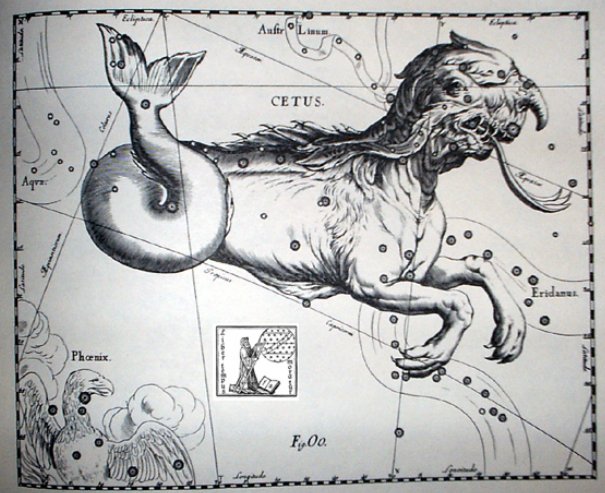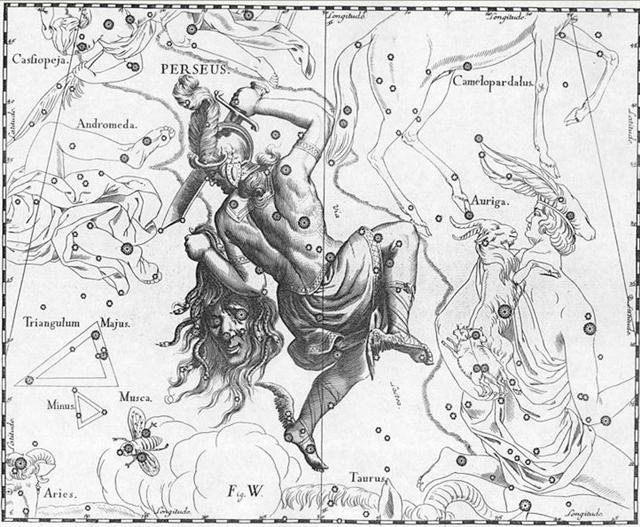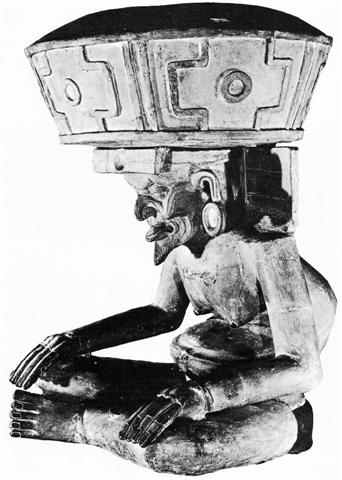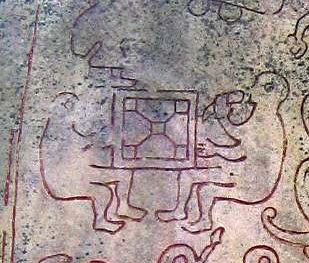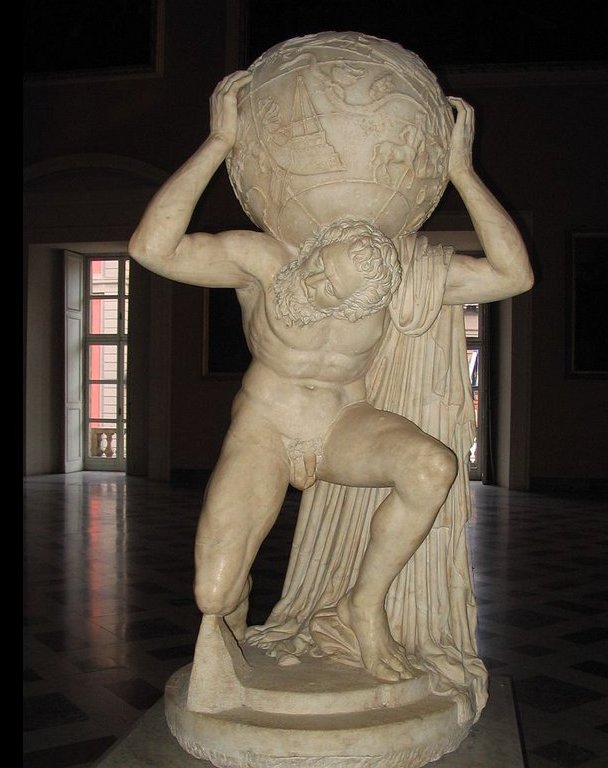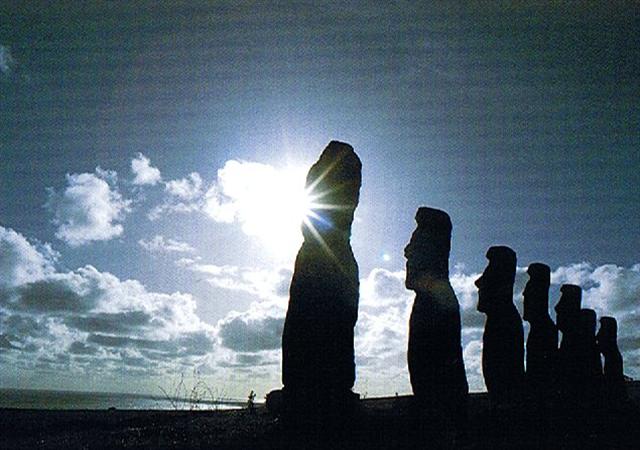156. The nunber of players were 2-4 for each team. In the picture below I can count to 3:
The ball court seems originally to have been constructed without any stone rings on the pair of side walls, and the custom had evidently begun only in the Postclassic Mayan period around a thousand years ago.
I guess the introduction of an added pair of holes, ... This brings to mind (although not called Euripus, obviously, but 'the god's place of skulls') the Central American Ball Court which had a round hole in its center, termed by Tezozomoc 'the enigmatic significance of the ball court', and from this hole a lake spread out before Uitzilopochtli was born ... was due to how the precession had changed the view from a cosmic original single Tree of Life (*) into a Wooden Cross (†). 26000 / 4 = 6500 = AD 1842 + 4658 BC. ... Most of the people in our van took advantage of the interlude to shop at the nearby stalls set up by highland Maya who had come down to Tikal to take advantage of the steady supply of tourists. However, one of our group, Harriet Gillett, a retired physician and an inveterate bird-watcher, had other interests. She noticed a nearby tree hevy with white blossoms and surrounded by a raucous sphere of birds and bees. She climbed out of the van with her binoculars around her neck, and walked over to take advantage of the unexpected opportunity the morning had provided. Our local guide, Francisco Florián, who knew the forest and its creatures in an unusually intimate way, joined her, explaining that the birds came to the tree only early in the morning. The sounds and the odd sight finally drew my attention and I too disembarked from the van and edged closer to the buzzing center of the action. I stared at the screaming birds as they fought for positions among the flowers and the hovering drone of thousands of bees. How beautiful, I thought, and then my gaze happened to settle on the trunk of the tree. It had thorns and it bulged just above the ground. It was a young ceiba tree ... I.e., it could have been a step away from an original view of the transformation of 'male' into 'female' at midsummer, corresponding to the change from Waxing to Waning at Full Moon. The pair of life evolved into 4 → death (a precondition for longterm life). ... When this tremendous task had been accomplished Atea took a third husband, Fa'a-hotu, Make Fruitful. Then occurred a curious event. Whether Atea had wearied of bringing forth offspring we are not told, but certain it is that Atea and her husband Fa'a-hotu exchanged sexes. Then the [male] eyes of Atea glanced down at those of his wife Hotu and they begat Ru. It was this Ru who explored the whole earth and divided it into north, south, east, and west ... ... Interestingly, since another meaning of shi is 'death', the number 4 is considered unlucky. (For example, the floor numbering in hotels sometimes jumps mysteriously from 3 to 5; it's also considered unlucky to give four of something as a present.) ... In the season of Fall the leaves were falling (on their faces), from where in the follwing season new life would Spring.
Manuscript E states that Hotu A Matua - the 10th Ariki Motongi - arrived to Easter Island in October 15: ... On the fifteenth day of the month of October (tangaroa uri), Nonoma left the house [he ea mai roto i te hare] during the night [i te po] to urinate outdoors [ki kaho.mimi]. At this point Ira called out [he rangi] to Nonoma, 'Look at the canoe!' Nonoma ran [he tahuti], he quickly went to Te Hiringa Heru (a ravine in the side of the crater Rano Kau) and looked around. There he saw the double canoe way out near the (offshore) islets [i te motu o haho], and the two (hulls of the canoe) were lashed together ... [E:75] I have suggested Nonoma was a name for Jupiter, based e.g. on his urinating like Leo - where we can find the sign of Jupiter in the Mesopotamian overview:
And when Nonoma ran to a ravine in the side wall of Ranu Kau it suggested the hole outside the side wall of a Mesoamerican ball court - which as a whole might have represented a valley between a pair of mountain slopes. ... The 'pontificial world' (Pontifical Mundo) has Peru at the top and Spain at bottom, in both cases with the central edifices occupying the place of the Sun. Wright explains: [This is] Waman Puma's conception of the relationship between Peru and Spain according to the Andean duality principle of Hanan (Upper) and Hurin (Lower). Each country is shown as a Tawantinsuyu - four quarters with a capital in the center. Peru is higher, closer to the sun, and therefore full of gold, the 'sweat of the sun' ...
The time was half a year after April 15 and south of the equator on Easter Island spring would arrive half a year after spring north of the equator. This made it convenient to use the place of the Full Moon instead of the place of the Sun. The pair of holes on the walls of the ballgame courts, added in the Postclassical Mayan period, ought to correspond to the pair of entrance and exit holes for the Sun, as perceived in ancient Egypt (where everything was upside down, where up was in the south).
In the G text we should find this place (October 15) at Benetnash:
In April 15, we can read from the design of Gb4-6, the flames exhibiting change from north (top) to south (bottom) are in the past (at left):
Air was forcing an opening in the night sky. ... In the morning of the world, there was nothing but water. The Loon was calling, and the old man who at that time bore the Raven's name, Nangkilstlas, asked her why. 'The gods are homeless', the Loon replied. 'I'll see to it', said the old man, without moving from the fire in his house on the floor of the sea.
Then as the old man continued to lie by his fire, the Raven flew over the sea. The clouds broke. He flew upward, drove his beak into the sky and scrambled over the rim to the upper world. There he discovered a town, and in one of the houses a woman had just given birth ... ... On February 9 the Chorti Ah K'in, 'diviners', begin the agricultural year. Both the 260-day cycle and the solar year are used in setting dates for religious and agricultural ceremonies, especially when those rituals fall at the same time in both calendars. The ceremony begins when the diviners go to a sacred spring where they choose five stones with the proper shape and color. These stones will mark the five positions of the sacred cosmogram created by the ritual. When the stones are brought back to the ceremonial house, two diviners start the ritual by placing the stones on a table in a careful pattern that reproduces the schematic of the universe. At the same time, helpers under the table replace last year's diagram with the new one. They believe that by placing the cosmic diagram under the base of God at the center of the world they demonstrate that God dominates the universe. The priests place the stones in a very particular order. First the stone that corresponds to the sun in the eastern, sunrise position of summer solstice is set down; then the stone corresponding to the western, sunset position of the same solstice. This is followed by stones representing the western, sunset position of the winter solstice, then its eastern, sunrise position. Together these four stones form a square. They sit at the four corners of the square just as we saw in the Creation story from the Classic period and in the Popol Vuh. Finally, the center stone is placed to form the ancient five-point sign modern researchers called the quincunx ...
... Sky (rangi) and Earth (papa) lay in primal embrace, and in the cramped, dark space between them procreated and gave birth to the gods such as Tane, Rongo and Tu. Just as children fought sleep in the stifling darkness of a hare paenga, the gods grew restless between their parents and longed for light and air. The herculean achievement of forcing Sky to separate from Earth was variously performed by Tane in New Zealand and the Society Islands, by Tonofiti in the Marquesas and by Ru (Tu) in Cook Islands. After the sky was raised high above the earth, props or poles were erected between them and light entered, dispelling the darkness and bringing renewed life. One detail which is iconographically of interest is whether the god responsible for separating Earth and Sky did so by raising the Sky with his upraised arms and hands, as in Tahiti and elsewhere, or with his feet as in New Zealand ...
... There is a curious tradition concerning these grizzled, otherworldly statues, solemn and powerful, with their blank, aloof eye-sockets gazing out over the limitless ocean. Like most of the other Moai of Easter Island the local belief is that they died, long ago, at the time when mana - magic - supposedly fled from the island never to return. However, in common with only a very few of the other Moai, it is believed that these particular statues still have the power, twice a year, to transform themselves into aringa ora - literally 'living faces' - a concept startingly similar to the ancient Egyptian notion that statues became 'living images' (sheshep ankh) after undergoing the ceremony of the 'opening of the mouth and the eyes'. Statues at Angkor were likewise considered to be lifeless until their eyes had been symbolically 'opened' ...
|
|||||||||||||||||||||||||||||||||||||||||||||||||||||||||||||||||||||||||||||||||||||||||||||||||||||||||||||||||||||||||||||||||||||||||||||
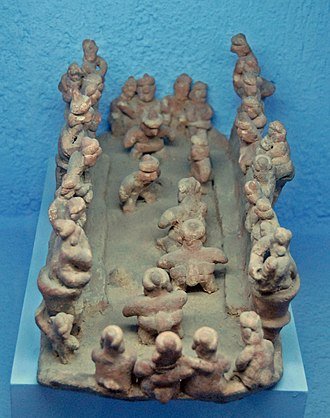
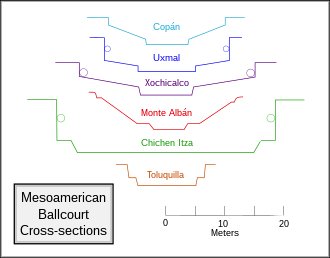
.jpg)













